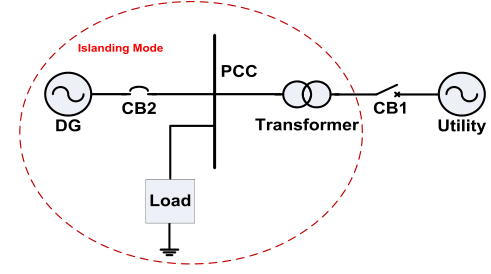Stevenal-The WECC UFLS plan is not intended to have particularly precise amounts of load/gen since it is a broad safety net. The WECC UFLS plan specifies the minimum load shed amounts only on the date/time of the local system peak. Depending on the weather and date/time, the actual load on UFLS circuits can be quite a bit different than the load on UFLS feeders during the local system peak. This particularly true if UFLS relays are are preferentially assigned to certain kinds of loads (i.e. mostly residential). On my own system, the actual amount of load armed to trip varies from about 25% during summer 2 am hours, to about 30% during a peak hot summer afternoons, and to over 40% during a peak cold winter mornings. With the changes in generation resource mix, I am concerned that the most severe UFLS case may shift from being summer/winter peaks to occurring during should season off-peak hours.
For momentary interruptions on residential feeders, I typically see load return to normal very fast. For industrial feeders, often see significant delays for customer running production lines. It might be interesting in a future assessment of the plan to look at the kinds of load being armed for restoration.
If I had magic wand to address UFLS, I would start requiring all large battery chargers to include a frequency droop response just slightly higher than the first stage of UFLS relays.

